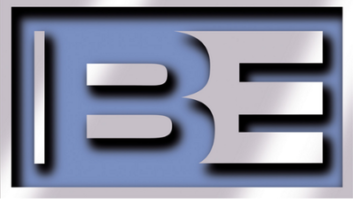Ahead of the June 30 migration from AMC�8 to AMC�18 deadline, Learfield Chief Engineer Randy Williams of Jefferson City, Mo., participated in a Q&A with Radio magazine.�
Radio magazine:Have the majority of stations you are responsible for migrated to AMC-18? If there any that have not yet done so, can you tell me how many?
Randy Williams: Approximately 60% of our Learfield affiliated stations have made the transition. Out of nearly 715 receivers deployed, our last database query yielded 428 have transitioned. This leaves us a remainder of 287 stations still on AMC-8.
�
Radio: What has been the most challenging aspect of the transition?
Williams: Two issues come to mind as being the most challenging. 1) The number of stations with older downlink antennas that are not 2* compliant with modern satellite standards, and 2) the number of downlink antennas that have been pointed at 139* West (AMC-8) for nearly 25+ years are fully rusted and locked into place. Many of our stations have never had to move their antennas and have no experience doing so.
�
Radio: AMC-18 only is predicted to have five �useful years� left before you must again transition to SES-11, although that change will not require repointing. In light of that, how was AMC-18 chosen?
Williams: SES-11 was chosen due its original launch expected last fall. It was scheduled to replace AMC-18� and AMC-18 was in the center of the orbital arc, and had sufficient transponder and bandwidth to accommodate the RNUG group as a whole to make a temporary migratory path even if the expected launch of SES-11 was delayed.
�
Radio: What do broadcast engineers need to be aware of (but may not already know) in order to ensure a successful transition for their station(s)? Any tips?
Williams: All affiliate receivers of Learfield, Westwood One, ESPN, iHeartMedia, Orbital Media and SkyView have the new carrier frequency already established in the Tuner table within the receiver. No manual re-programming of the XDS receiver is necessary.
�
Radio: Have you heard any interesting stories from stations that have already migrated or begun working on the transition?
Williams: Many have noticed a significant signal increase on the EbNo-Signal Strength readings on their receivers. Some stations have found the satellite difficult to lock on to by utilizing their own equipment or devices. Normally an update to the device software or a recalibration has helped their equipment find the orbital location easier.
�
Radio:Anything else you think that readers would want to know?
Williams: Android devices and Apple have an app that is available for assisting in re-pointing antennas. We found about four to five apps � some free � to be very helpful.
�












